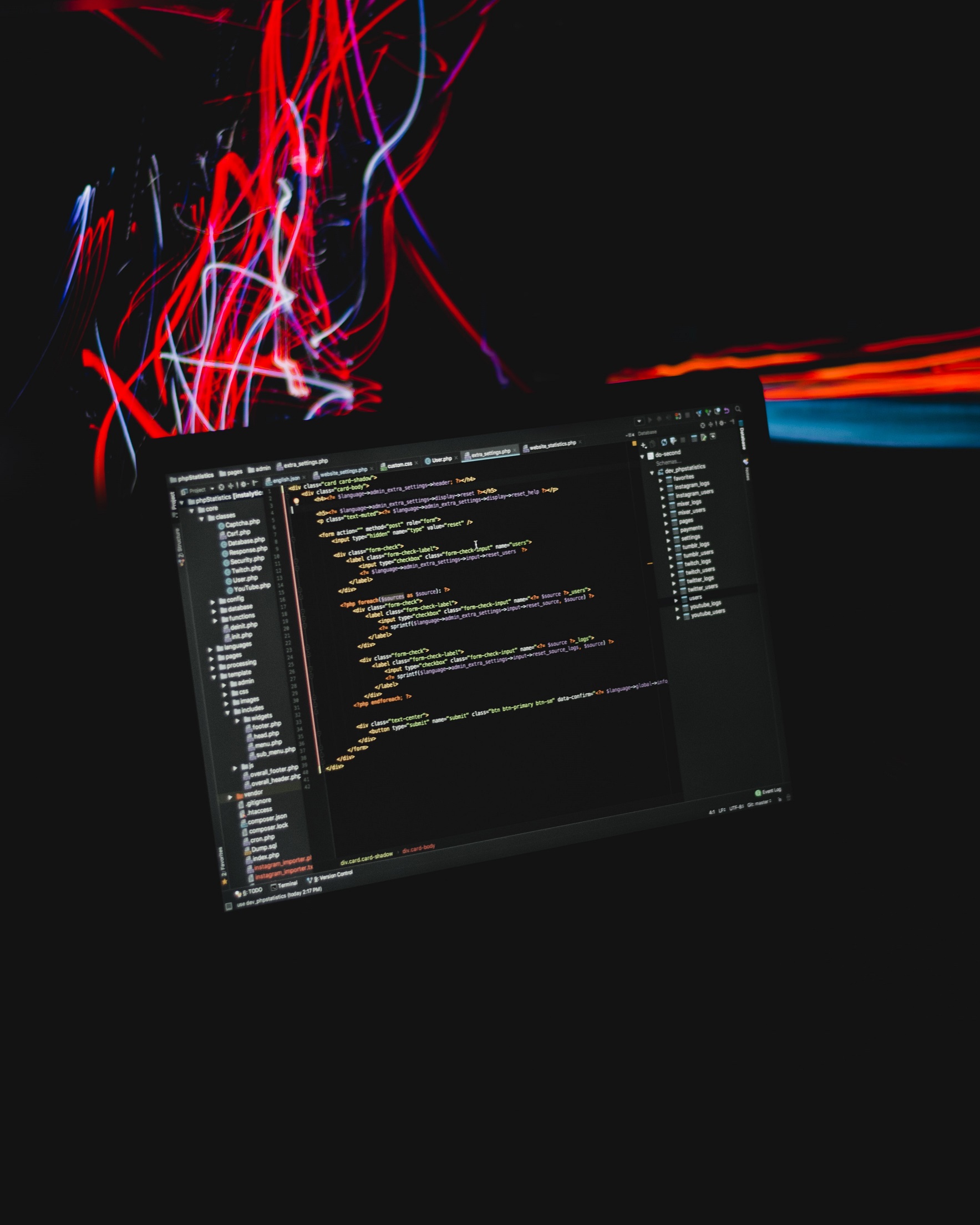Google is making it easier to develop quantum machine-learning apps

The news: Google is releasing free open-source software that will make it easier to build quantum machine-learning applications. TensorFlow Quantum is an add-on to Google’s popular TensorFlow toolkit, which has helped give machine learning a big boost since its launch in 2015.
What does it do? TensorFlow is one of a number of tools that make machine learning more accessible, by simplifying deep neural networks and providing reusable code so that new machine-learning apps don’t have to be written from scratch. TensorFlow Quantum is set to do the same for quantum machine learning.
How will it work? TensorFlow Quantum will let you write quantum apps without getting bogged down in the details of the hardware they are running on. A switch lets you flick between an actual quantum computer and a simulation of one on a classical machine. This means that you can debug your quantum app in a simulation before trying to run it on a full-blown quantum setup. Masoud Mohseni, who leads the TensorFlow Quantum project, expects coders will use it to discover fundamental new algorithms that can be reused by others again and again.
Community spirit: This is not the first toolkit for quantum machine learning. For example, quantum computing startup Xanadu in Toronto offers a similar platform called Pennylane. But it is still a big deal that Google is doing i, says Xanadu researcher Nathan Killoran. He notes that developers build communities around big-name tools like TensorFlow, sharing code and ideas, which fosters innovation. Machine-learning tech is in better shape today because of it. The Google team wants the same to happen with TensorFlow Quantum.
Science project: For now, quantum machine learning remains pretty niche. Aimed at researchers, the toolkit will make it easier to work with quantum data, whether that’s modeling the natural world or devices like cryptographic quantum-key distributors. Since natural phenomena follow quantum rules, Mohseni believes that, if machine-learning models are to be accurate reflections of the world, they need to be quantum too.
Real-world apps: Quantum software is starting to seep into the mainstream. D-Wave Systems, a quantum computing company based in British Columbia, also released a new version of its Leap software for quantum app development last month. Leap is being used by several large companies to develop in-house quantum software. Among them are Volkswagen, which built a super-accurate public-transport simulator to plan bus routes, and Telecom Italia, which built a quantum application for optimizing 5G networks.
Deep Dive
Artificial intelligence
Large language models can do jaw-dropping things. But nobody knows exactly why.
And that's a problem. Figuring it out is one of the biggest scientific puzzles of our time and a crucial step towards controlling more powerful future models.
Google DeepMind’s new generative model makes Super Mario–like games from scratch
Genie learns how to control games by watching hours and hours of video. It could help train next-gen robots too.
What’s next for generative video
OpenAI's Sora has raised the bar for AI moviemaking. Here are four things to bear in mind as we wrap our heads around what's coming.
Stay connected
Get the latest updates from
MIT Technology Review
Discover special offers, top stories, upcoming events, and more.